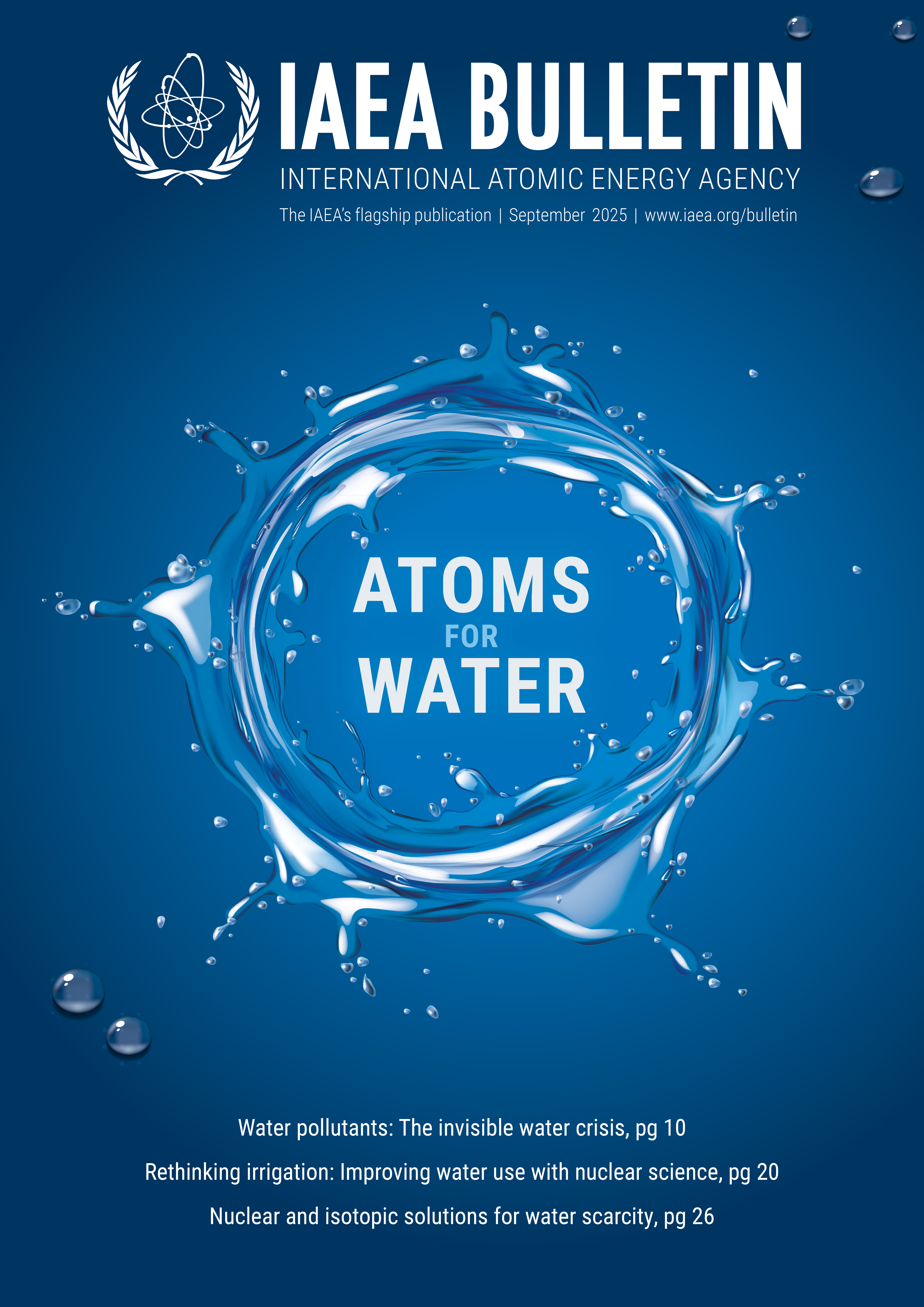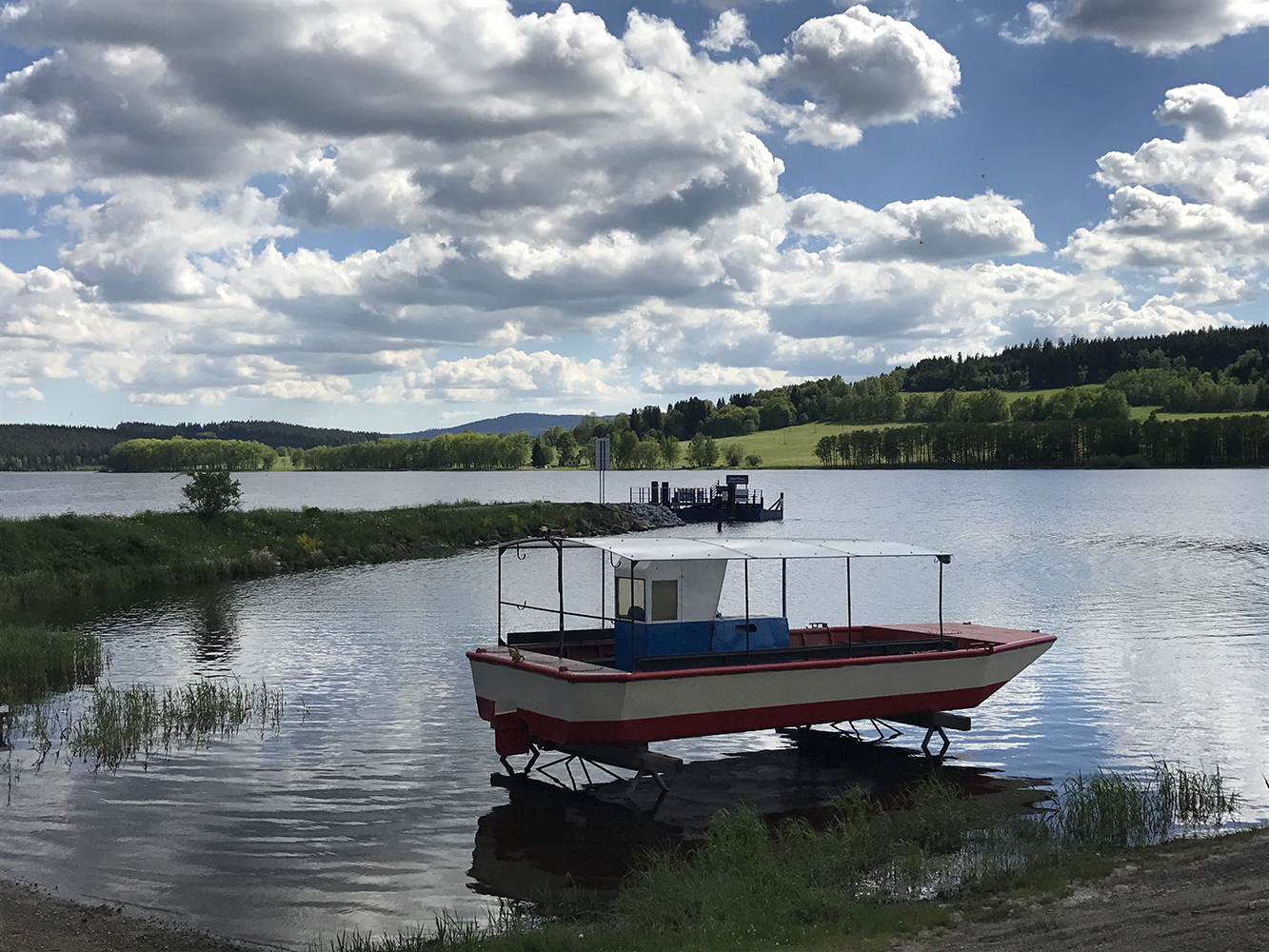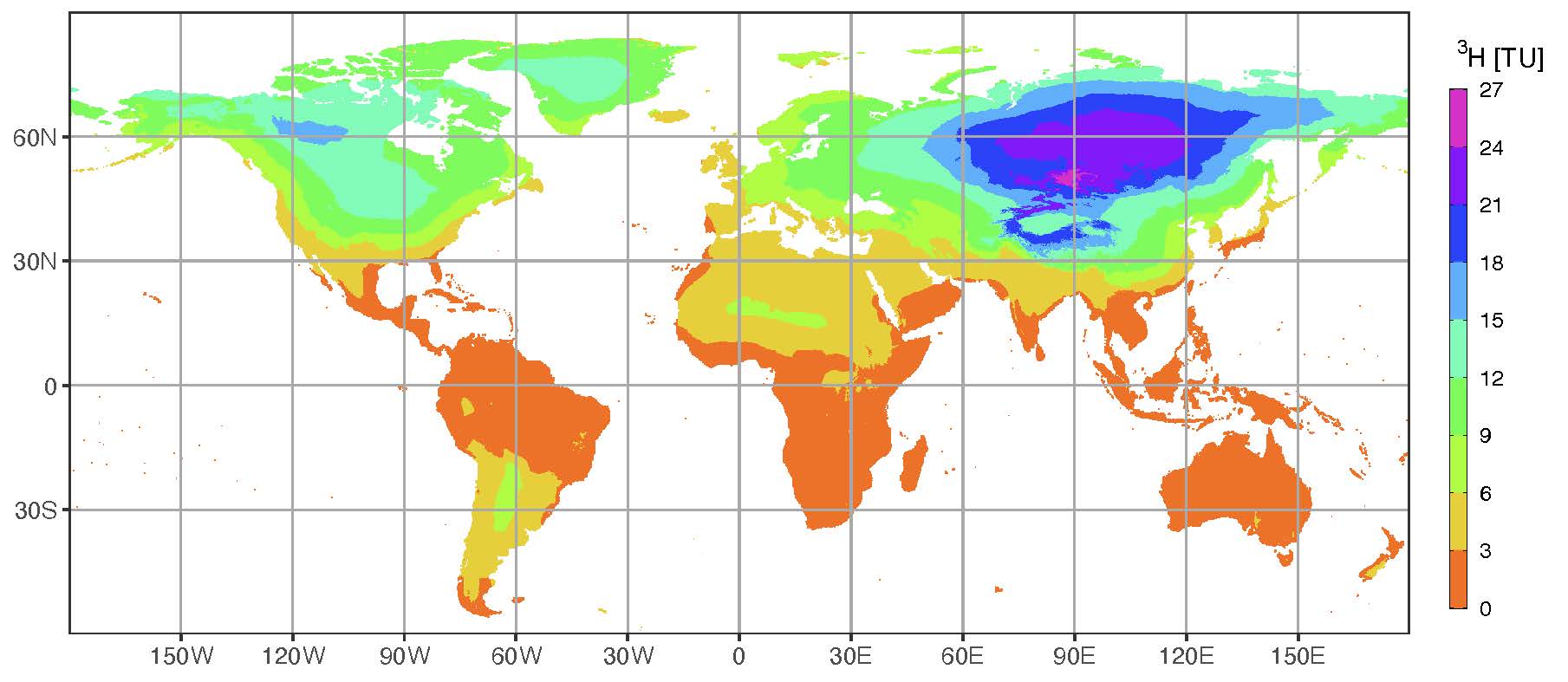As global water data networks expand, isotope hydrology is rapidly advancing into the realm of big data. Artificial intelligence (AI) and machine learning models are revealing new insights in water research, improving predictions and filling data gaps.
An IAEA study that used AI to analyse isotopic data from 1257 lakes in 91 countries revealed that about 20% of their water inflow is lost to evaporation, and in about 10% of cases, the lakes show extreme evaporation losses of more than 40% of total inflow. This means that many lakes cannot compensate for evaporation, which puts them at risk of disappearing over time. “We used artificial intelligence to determine the main evaporation drivers,” said Yuliya Vystavna, an IAEA isotope hydrologist and the study’s first author. “Depending on climate type — tropical, arid, temperate, continental or cold — evaporation is driven by different factors.” The study used AI models to determine which lakes were at greatest risk of disappearing.
Another IAEA study used machine learning models to identify factors influencing water dynamics and estimate the ‘young water fraction’ — water less than three months old — in 45 river basins around the world. The young water fraction reflects how water is stored and released in the environment, revealing patterns of retention and flow. This helps to increase understanding of how rivers react to weather and land changes, enabling communities to better prepare for floods and droughts and manage their water resources more effectively. “By understanding these dynamics, we can better adapt to the challenges posed by a changing climate and evolving land use patterns, ensuring that rivers continue to provide their essential services to ecosystems and human societies,” said Tzanka Kokalova-Wheldon, Director of the IAEA Division of Physical and Chemical Sciences.
Experts believe that using AI and machine learning to analyse water data has the potential to significantly improve decision-making processes for sustainable water management. To advance this effort, the IAEA, the United Nations Educational, Scientific and Cultural Organization and the International Centre for Theoretical Physics recently developed a framework for integrating AI with hydrological and isotopic data.


